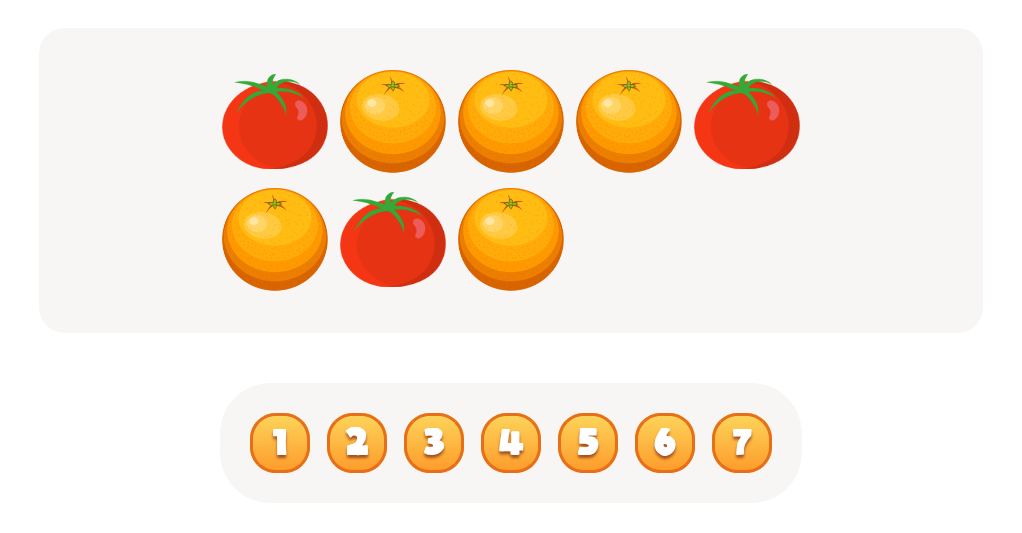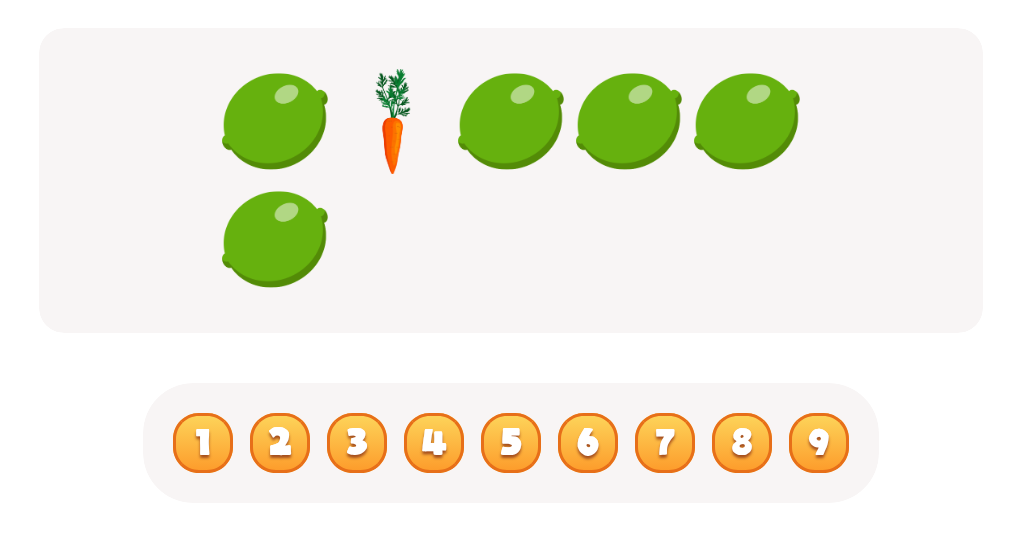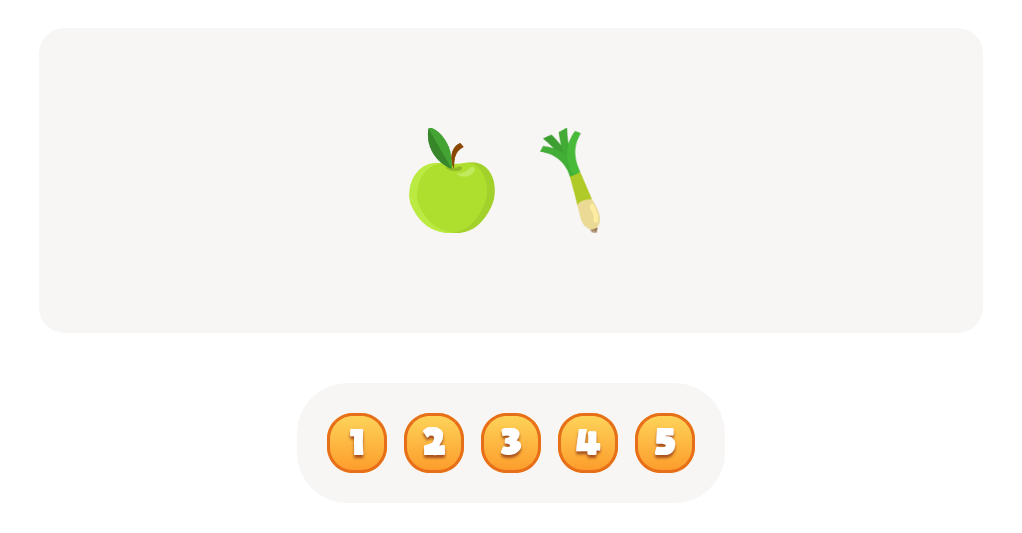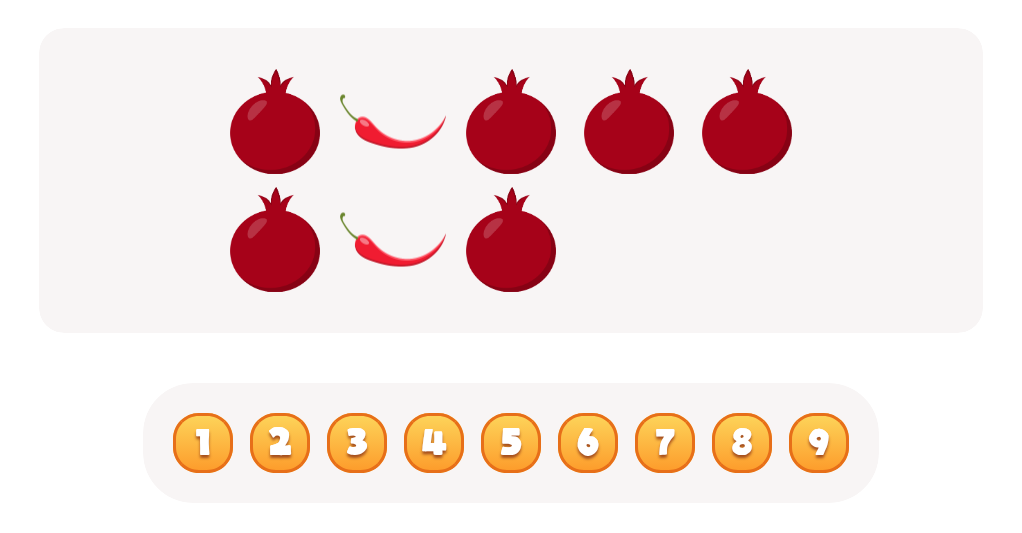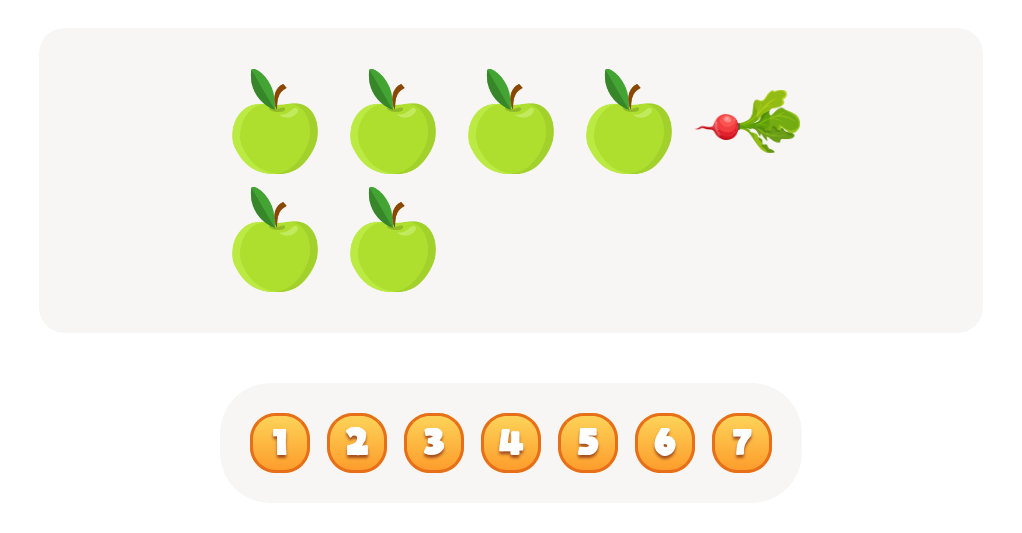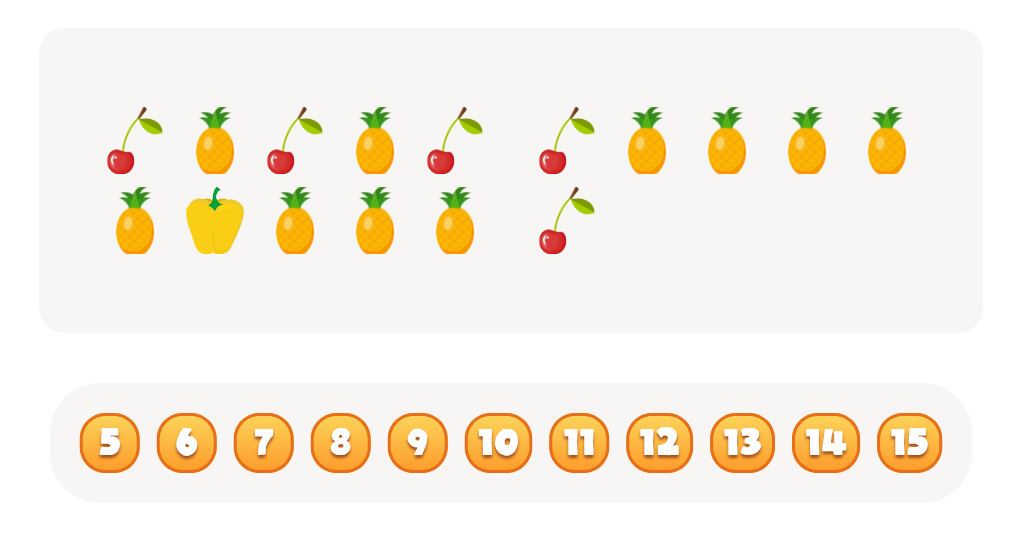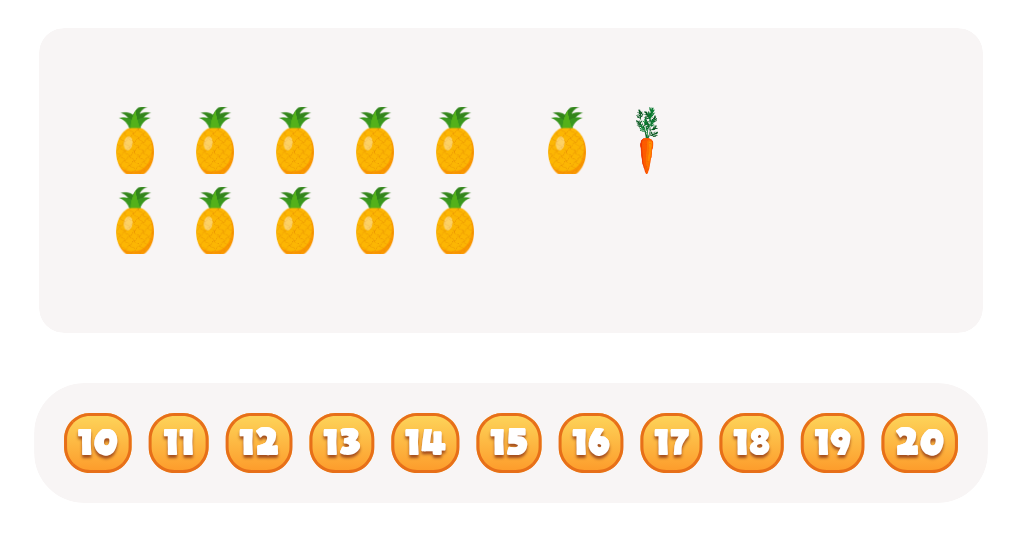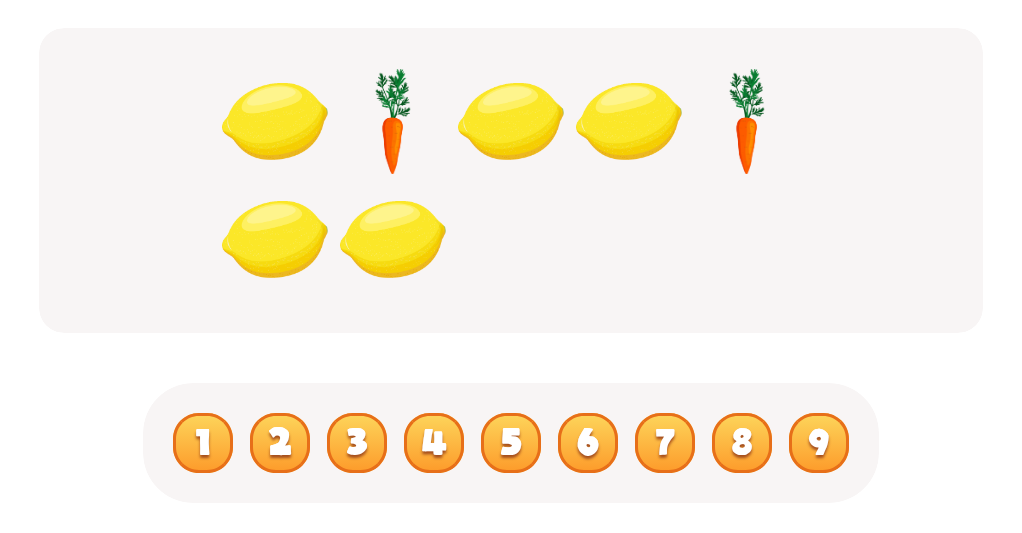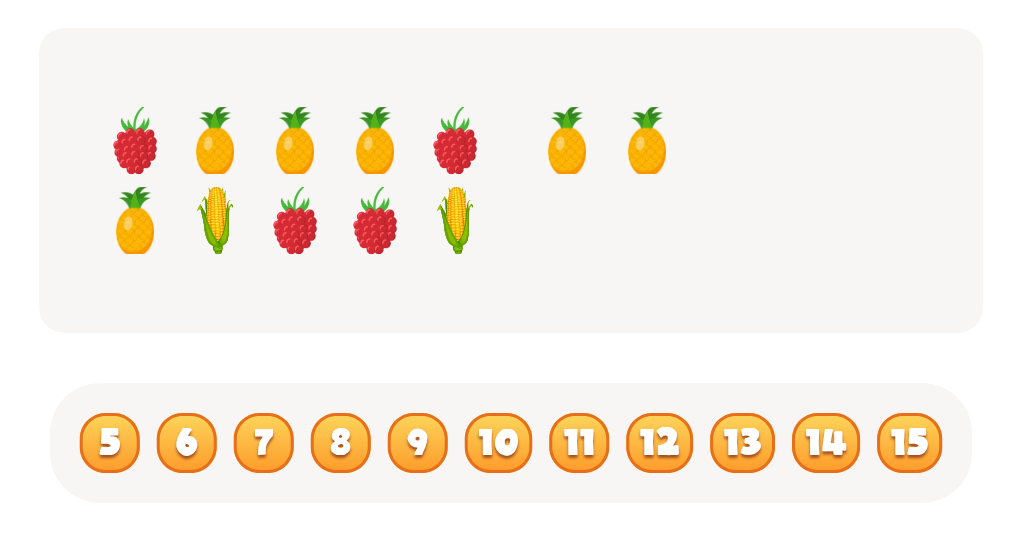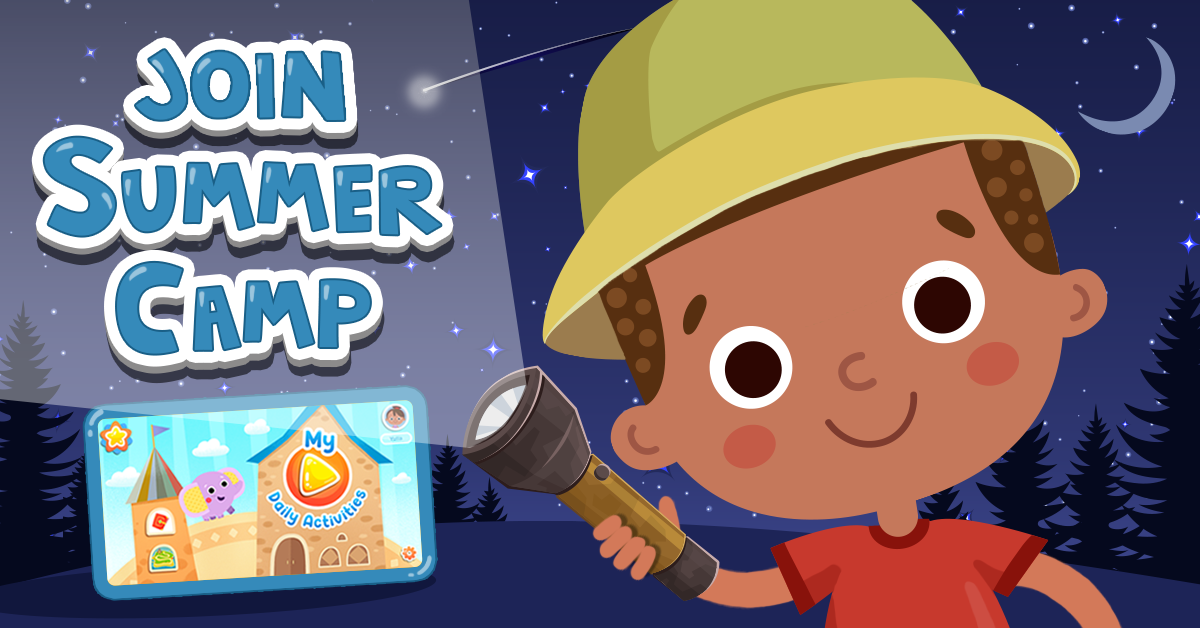Critical thinking development Plants and Animals Worksheets for Ages 3-9
3 filtered results
-
From - To
Explore our engaging "Critical Thinking Development Plants and Animals Worksheets" designed specifically for children ages 3-9. Our thoughtfully created worksheets encourage young learners to delve into the fascinating world of plants and animals while enhancing their critical thinking skills. Through fun activities and interactive challenges, kids will analyze characteristics, differentiate between species, and solve problems related to the natural world. With vibrant illustrations and age-appropriate content, these worksheets foster curiosity and inspire a deeper understanding of ecosystems. Perfect for classroom or home learning, our resources help nurture the inquisitive minds of the next generation, blending education with exploration and creativity.
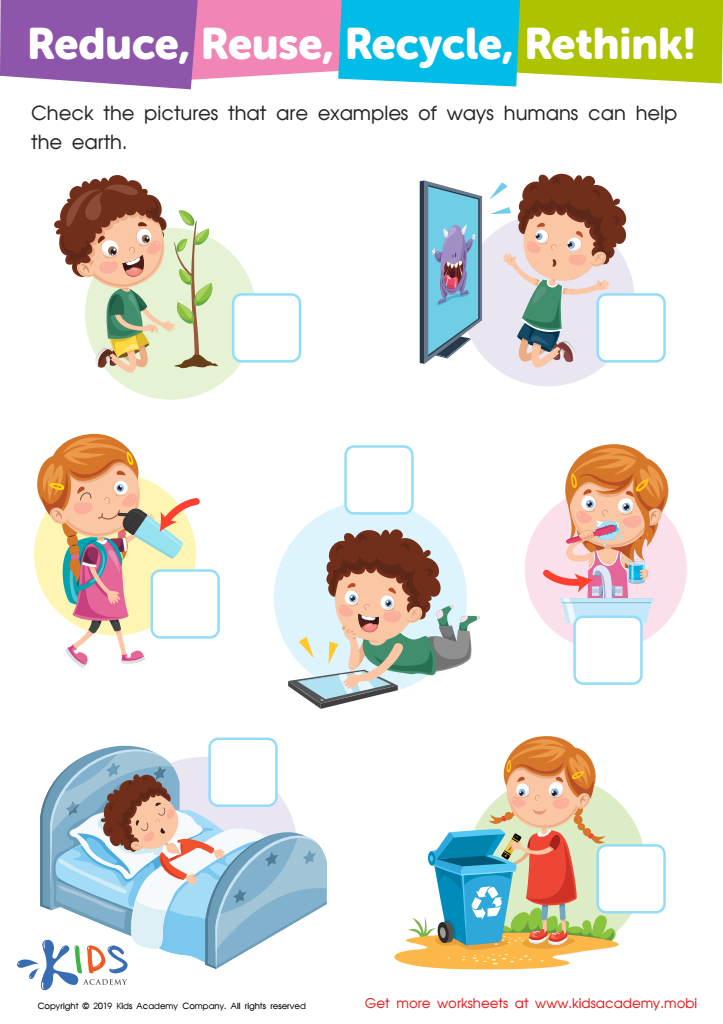

Reduce, Reuse, Recycle, Rethink Worksheet
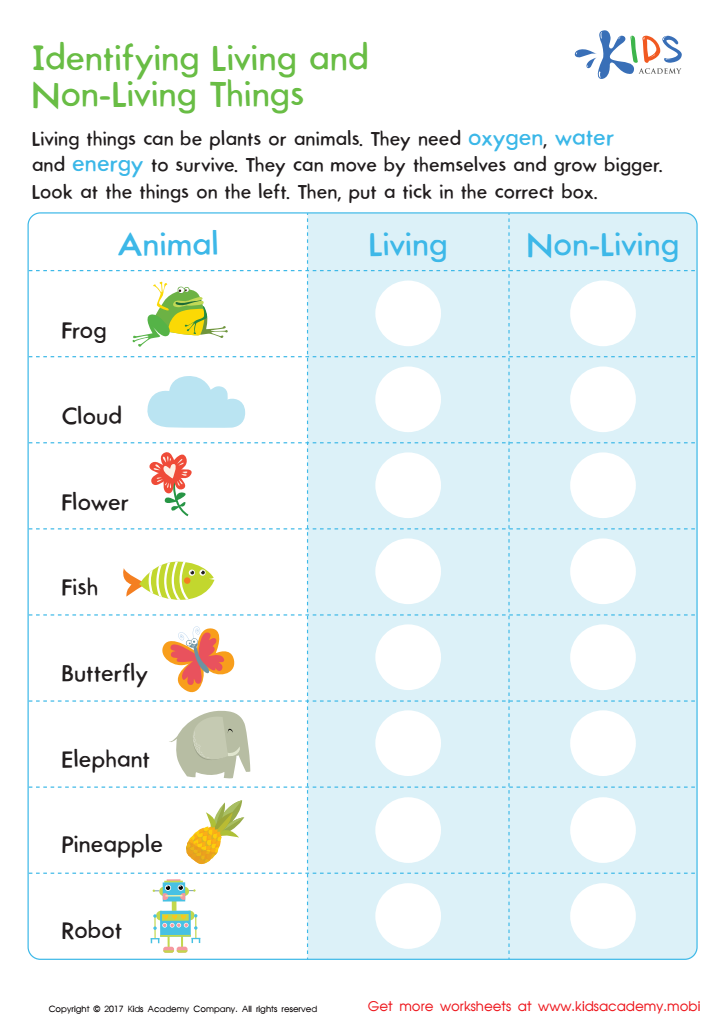

Identifying Living or Non–living Worksheet
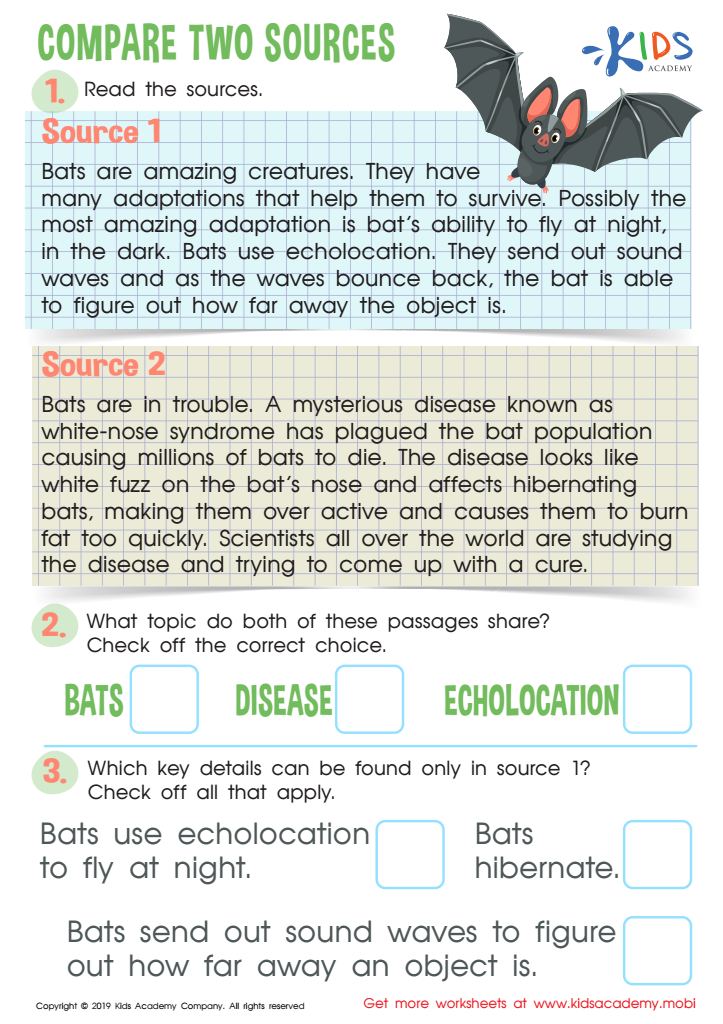

Compare Two Sources Worksheet
Critical thinking skills are vital for children aged 3-9, especially when exploring topics like plants and animals. During these formative years, children are naturally curious and eager to learn about the world around them. Encouraging critical thinking in this context helps them ask questions, make observations, and draw connections between their experiences and their understanding of plants and animals.
When teachers and parents facilitate activities that promote critical thinking—such as sorting animals by their habitats, investigating the needs of different plants, or discussing the roles of ecosystems—they help children develop essential analytical skills. These skills enable children to differentiate, categorize, and synthesize information, which forms a foundation for lifelong learning.
Additionally, engaging in critical thinking about plants and animals fosters environmental awareness and stewardship. Children learn to understand ecosystems, appreciate biodiversity, and recognize the importance of conservation efforts. By nurturing their ability to think critically, parents and teachers empower children to become informed advocates for the environment.
Ultimately, supporting critical thinking around the themes of plants and animals allows children to build connections, encouraging a deeper engagement with the natural world, which can inspire future curiosity, responsibility, and innovation.
 Assign to My Students
Assign to My Students

